Originality in Photography: How AI-Generated Images are Changing the Game
In the world of photography, originality has always been a topic of debate. With the rise of AI-generated images, the question of what constitutes an original photograph has become even more complex.
As AI technology continues to evolve, first, we had Topaz AI plugins, which are fantastic for denoise and sharpening. Now we have Midjourney, and its impact on photography is becoming more evident.
AI-generated images have the potential to significantly impact the field of wildlife photography. With the help of AI, it is now possible to create highly realistic images of animals and their natural habitats without the need for physical presence or even a camera. This could be up for debate, the need for photographers to travel to remote locations, which often are environmentally harmful. Can you really say you are a nature lover and at the same time fly around the world to capture photographs in distant locations when you could create them with Midjourney, for example?
How it works and The Impact of AI-Generated Images on Photography
AI-generated images are created using algorithms that analyze large data sets to create a new image. These images are often indistinguishable from those captured by humans, which raises questions about the authenticity and originality of photographs.
One of the most significant impacts of AI-generated images on photography is the potential to eliminate the need for photographers. As AI algorithms become more advanced, they can capture and process images without human intervention, creating a new era of "photography" that relies solely on computers. Will the large mass of the Instagram public even care if it gives them a 1-second WOW satisfaction as they scroll past it to the next image?
AI Generated - Enhanced by Human touch
My personal reflection is that AI can not fully capture the beauty and intricacy of the natural world, which is often only fully appreciated through the lens of a skilled photographer. AI-generated images are just too perfect; they have no soul. But AI is advancing at a rapid speed. Will this be accurate in 5, 3, or 2 years?
In conclusion, while AI-generated images may offer new possibilities for wildlife photography, they cannot replace the value of genuine and skilled photography. As with any technological advancement, it is important to approach it with curiosity and consider its potential impact on the field. Can we use it for something good as a photographer? I could imagine using Midjourney to visualize an idea of a photograph I want to capture, to see if it would work the way I picture it in my mind, and then go out and actually capture it in the wild.
As photographers in this new era, we must focus on capturing authentic and original images, ensuring they stand out from the thousands of AI-generated photos.
As a teen, I was captivated by Terminator 2 and must have watched it a hundred times. The idea of machines becoming intelligent and taking over the world was fascinating and frightening. Now, as an adult, I can't help but closely follow the progress of artificial intelligence with a mix of fascination and curiosity. Who knows where it will lead us and what it will bring? The possibilities are both exciting and a little unsettling.
"The future is not set. There is no fate but what we make for ourselves." -T2 Quote

